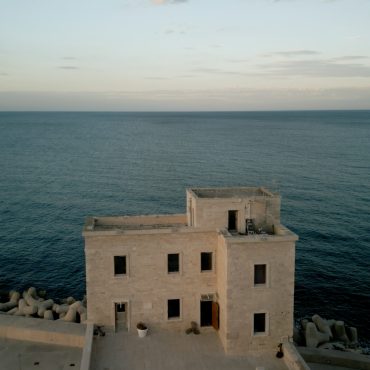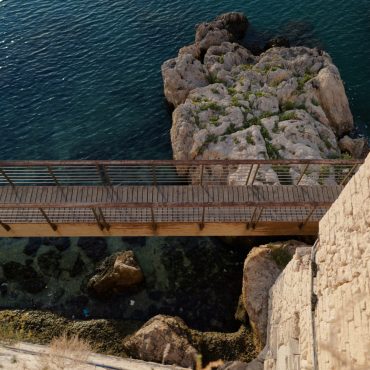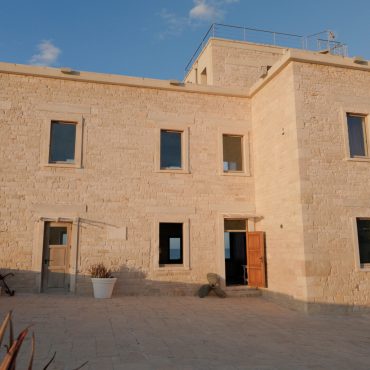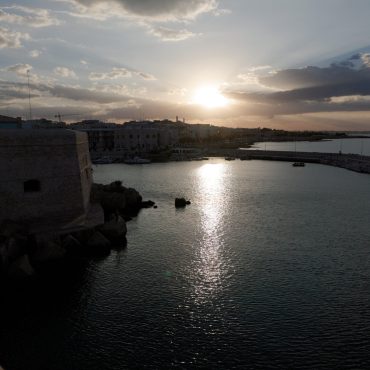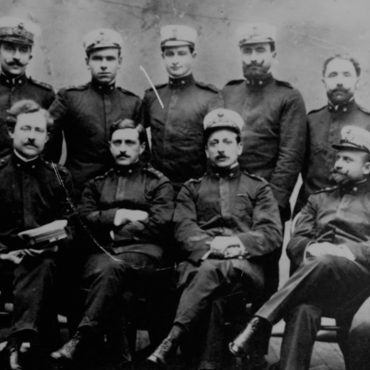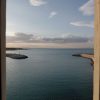
Vedetta sul mediterraneo
(15th century)
At the end of the middle ages, a wind of change blew across Europe, accompanied by the rumble of gunpowder. For centuries protected by high stone walls, cities now found themselves exposed to the new and devastating threat of cannons. The deep boom of iron and lead balls crashing against ancient defences sounded like the portent of a new era, an era in which wars would be fought with cannons and mortars.
In this scenario of great change, the Aragonese rulers recognised the necessity to adapt to the new times. At the edge of the old town centre an imposing bastion was erected, which would become a symbol of safety and power. From this fortress, a silent guardian overlooking the sea, every movement on the horizon could be seen and the town could be ready to defend itself from any threat.
In the following centuries, the fortress underwent several transformations. With the advent of the telegraph, it became a transmission centre where vital messages were sent and received, connecting Giovinazzo with the rest of the world. At the dawn of the 20th century the Italian Navy further altered the structure, and it became a triangulation station and an important marine traffic station.
After the end of the Second World War, the fortress fell into disrepair and the walls began to crumble. But its history was not to end here. A group of men and women, united for their love of their land and the sea, decided that the fortress could not be forgotten and founded the “Vedetta sul Mediterraneo” association which gradually brought the building back to its former glory. Today the lookout has become the “Bibliomediateca del Mare”, and is a place which tells a story of resistence, rebirth and love of the sea.
